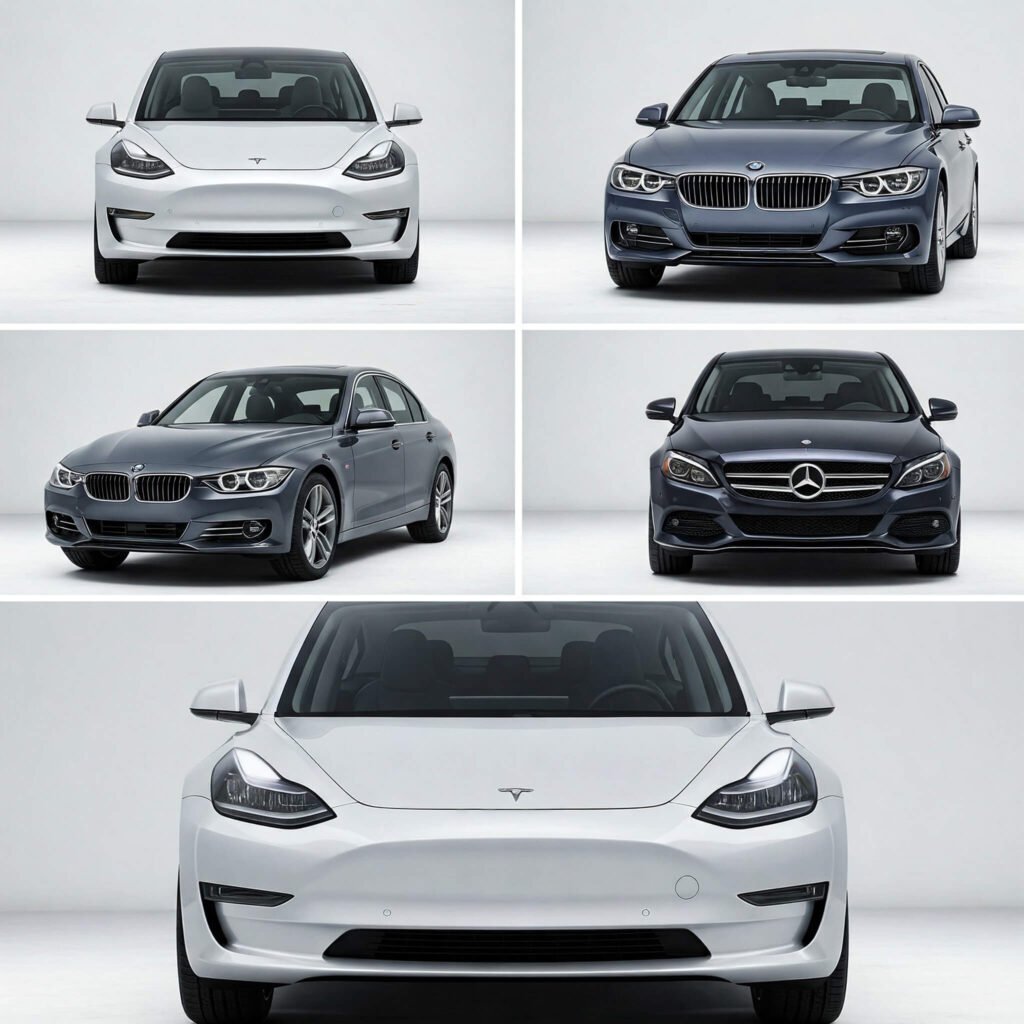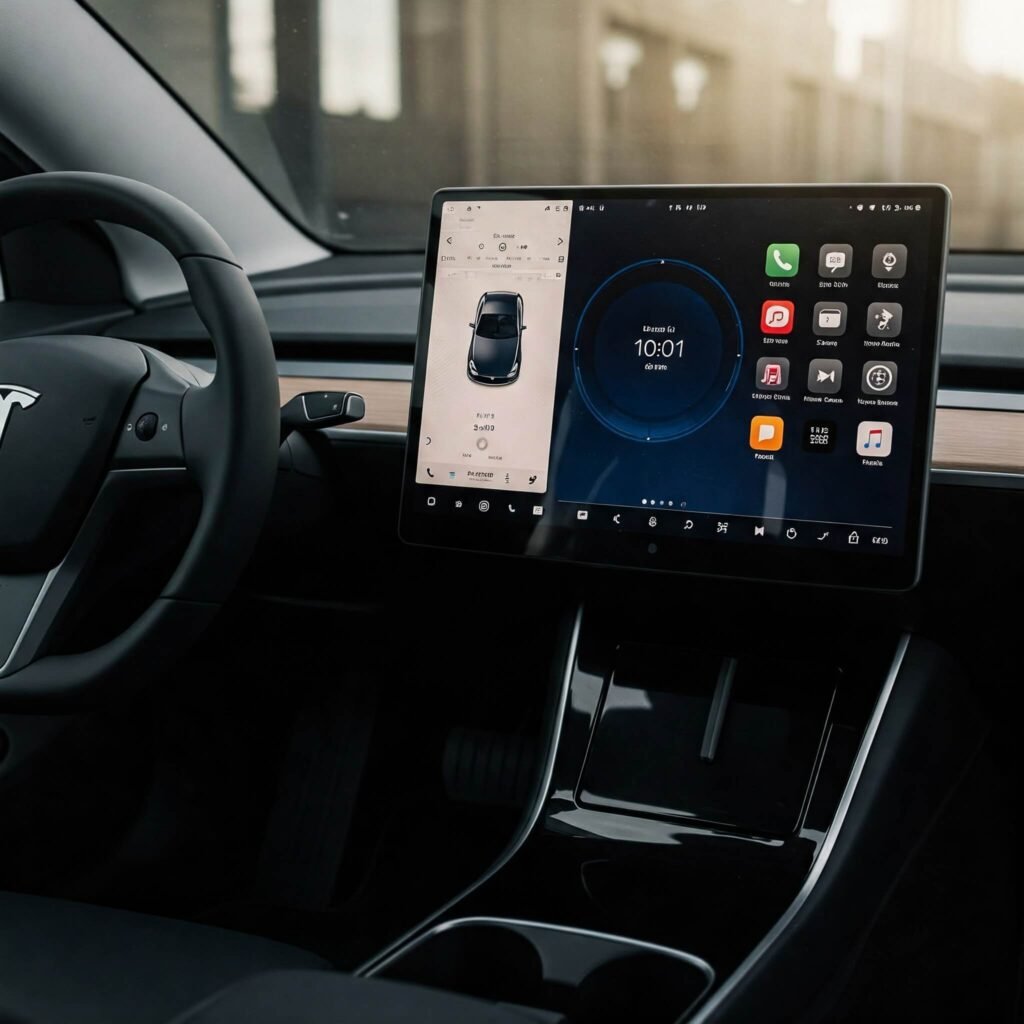When it comes to the electric vehicle (EV) market, the Tesla Model 3 vs rivals debate is a hot topic. Indeed, with numerous manufacturers entering the EV space, determining which car offers the most value can be challenging. Therefore, this article breaks down the key factors to consider, helping you make an informed decision and understand what makes the Model 3 a strong contender.
H2: Understanding the Electric Vehicle Landscape: Tesla Model 3 vs Rivals
The EV market is rapidly evolving, with models from various brands competing for consumer attention. To begin with, to understand the true value proposition of the Tesla Model 3 vs rivals, it’s essential to compare performance, range, features, and price. Specifically, consider:
- First, Performance: Acceleration, handling, and overall driving experience.
- Secondly, Range: The distance an EV can travel on a single charge.
- Additionally, Features: Technology, safety, and comfort.
- Finally, Price: The total cost of ownership, including incentives and long-term savings.

H3: Key Competitors: Who’s Challenging the Tesla Model 3?
Several EVs are vying for market share, each offering unique strengths. In particular, key competitors in the Tesla Model 3 vs rivals comparison include:
- For example, the Hyundai Ioniq 5: Known for its spacious interior and fast charging.
- Similarly, the Kia EV6: Praised for its sporty design and dynamic driving experience.
- Moreover, the Ford Mustang Mach-E: Offers a blend of performance and practicality.
- Also, the Volkswagen ID.4: Practical and family friendly.
H2: Performance and Range: Comparing Tesla Model 3 vs Rivals
One of the most critical aspects of any EV is its performance and range. When evaluating the Tesla Model 3 vs rivals, consider the following:
- Notably, Acceleration: Tesla’s instant torque often provides a thrilling driving experience.
- Furthermore, Range: The Model 3’s range is competitive, but others are catching up.
- Crucially, Charging Infrastructure: Tesla’s Supercharger network is a significant advantage.

H3: Real-World Range and Efficiency
Real-world range can vary based on driving conditions and temperature. Thus, it’s crucial to consider efficiency, measured in miles per kilowatt-hour (mi/kWh). For instance, websites like Edmunds and InsideEVs provide detailed testing.
H2: Features and Technology: What Sets Tesla Model 3 Apart?
Technology is a significant selling point for EVs. In this context, when comparing the Tesla Model 3 , consider:
- Above all, Infotainment System: Tesla’s large touchscreen and software updates are standout features.
- Additionally, Autopilot/Driver-Assist Systems: Tesla’s Autopilot is a key differentiator.
- Importantly, Over-the-Air Updates: Tesla’s ability to improve features remotely is a major plus.

H3: Safety and Convenience Features
Advanced safety features and convenience technologies enhance the driving experience. Consequently, websites like NHTSA and IIHS provide safety ratings.
H2: Cost and Value: Making the Right Choice in Tesla Model 3
Ultimately, value is subjective and depends on individual needs. Therefore, when assessing the Tesla Model 3 , factor in:
- Firstly, Purchase Price: Consider available incentives and tax credits.
- Secondly, Operating Costs: EVs typically have lower maintenance and fuel costs.
- Lastly, Resale Value: Tesla’s strong brand often leads to better resale values.






































